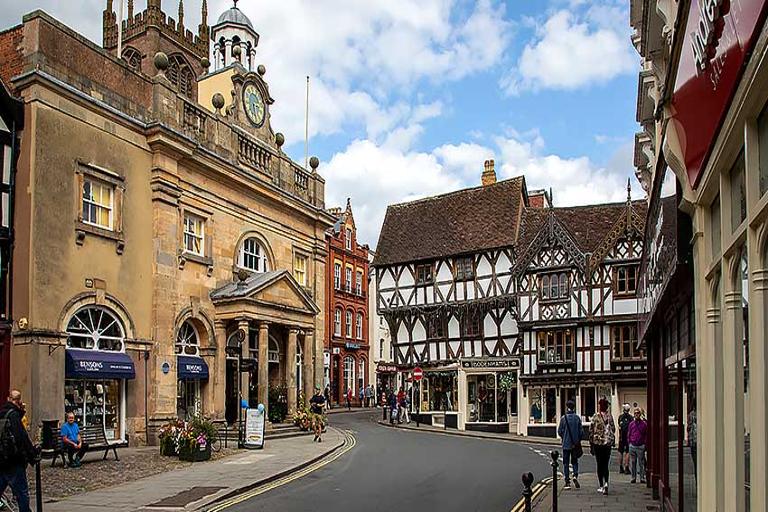Historic market towns across the United Kingdom are experiencing a revival as weekend travellers seek destinations that offer charm, heritage and a slower pace of life. Towns such as Ludlow, Rye and Stamford have reported increased visitor numbers, with many tourists drawn to their preserved architecture, independent shops and traditional street markets. Travel operators say the trend reflects a broader desire for meaningful, low-pressure escapes that prioritise cultural authenticity over high-intensity sightseeing.
Local business owners note that independent cafés, bakeries and artisan food stalls have played a key role in the renewed appeal of these towns. Visitors are increasingly interested in regional produce and enjoy exploring markets that feature goods crafted by local makers. This focus on artisan culture not only supports small businesses but also helps maintain the character of historic high streets, which have faced pressure in recent years due to rising rents and competition from larger retail chains.
Heritage organisations have also contributed to the resurgence by investing in restoration projects that preserve key buildings and landmarks. In towns like Stamford, these efforts have reinforced the architectural beauty that makes such destinations attractive to film and television productions. Walking tours are becoming particularly popular, with guides offering insights into local history, notable residents and the stories behind centuries‑old structures.
Transport links have played a role in boosting visitor numbers, as improved rail connections make many market towns easily accessible for day trips and weekend stays. Tourism boards have capitalised on this accessibility by promoting curated itineraries that highlight scenic routes, seasonal events and lesser‑known attractions. These campaigns aim to spread footfall more evenly throughout the year, reducing pressure on peak seasons while supporting local economies.
As interest continues to grow, communities are focusing on managing tourism sustainably to protect the historic character that draws visitors in the first place. This includes careful planning of new developments, maintaining green spaces and ensuring that local infrastructure can support increased demand. For many residents, the renewed attention has brought a welcome sense of pride, reaffirming the cultural and historical value of their towns in the modern travel landscape.
